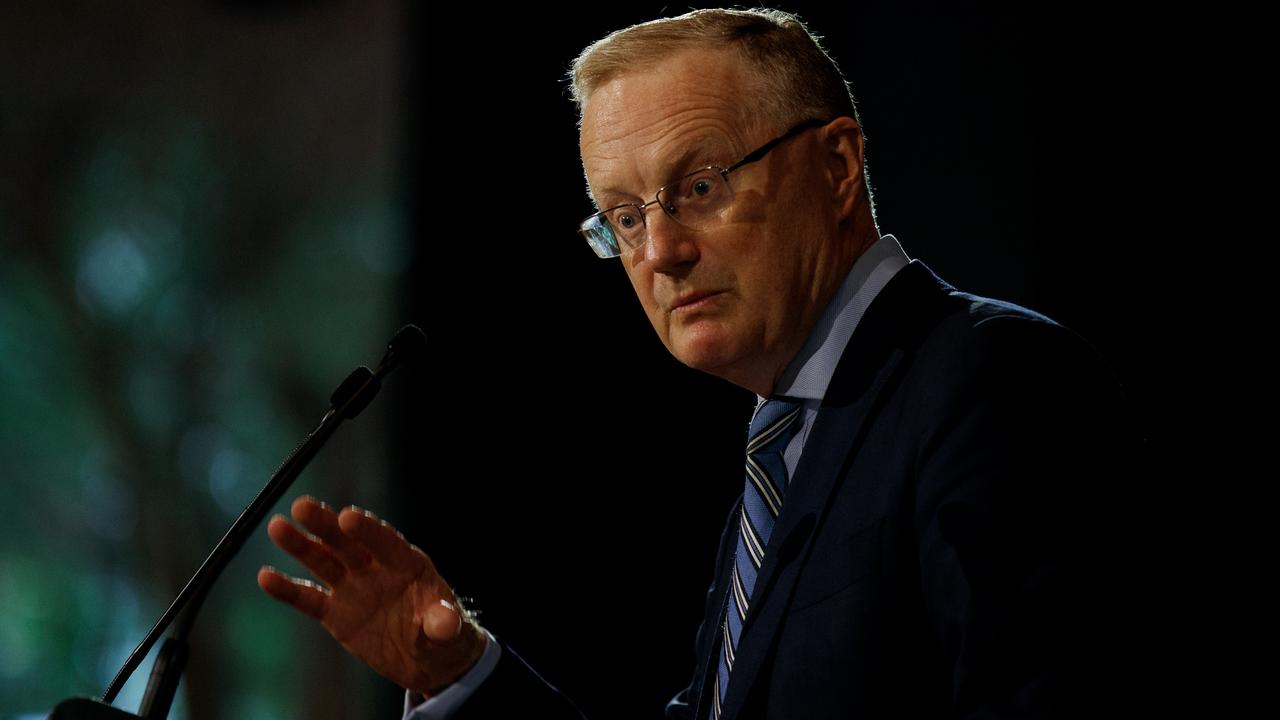Philip Lowe earned more than $1m as he ramped up the cash rate
The latest report from the Reserve Bank of Australia shows how much money the men and women who determine your mortgage bill make each year.
The man who launched Australia’s crushing rate rise cycle pocketed more than $1m in his final year at the central bank.
Philip Lowe stepped down as Reserve Bank of Australia governor after seven years in September.
The RBA’s 2023 annual report shows his salary for 2022-23 hit $1,147,465 – a 10.5 per cent bump from the $1,037,709 he earned in 2021-22.
Mr Lowe’s mammoth salary included a $974,602 base with a $123,054 super contribution and a further $9210 in other benefits and $40,599 for long service leave.
The salary of the RBA governor is determined by the RBA remuneration committee, which consists of three non-executive members who make recommendations on pay for the approval of the Reserve Bank Board.

Mr Lowe’s replacement Michele Bullock, who took over in September, has also netted an impressive $100,000 bump in pay for the year, taking home a total of $838,313.
In 2021-22, she was paid a total of $738,738 – $533,925 while Assistant Governor, Financial System and $205,369 after she was promoted to deputy governor later that year.
Mr Lowe as governor was the public face for the RBA board as it raised the cash rate from 0.1 per cent in April 2022 to 4.1 per cent in June 2023 to contain rising inflation.
The RBA cash rate serves as a benchmark for interest rates in the economy, with banks generally quick to raise mortgage rates as a result.
Controversially, Mr Lowe stated in late 2021 he did not expect the RBA to raise rates from their record low until 2024.
The bank has held interest rates steady since June, but a strong job market and growing tensions in the Middle East could push the bank to hike rates again in November.

The bank’s executives all received handsome salaries for their stewardship of Australia’s central bank.
Michelle McPhee received $707,958, Susan Woods $687,374, Luci Ellis $660,332, Christopher Kent $713,315 and Brad Jones $608,269.
The bank had 159 “highly paid staff” on its books across the year, or those earning between $240,000 and $345,000 a year.
Employment arrangements that apply to bank employees vary according to their occupation and level of seniority,” the RBA states in its report.
“Executive and managerial employees are engaged under Individual Employment Agreements. Non-managerial employees are covered by a Workplace Agreement.”






